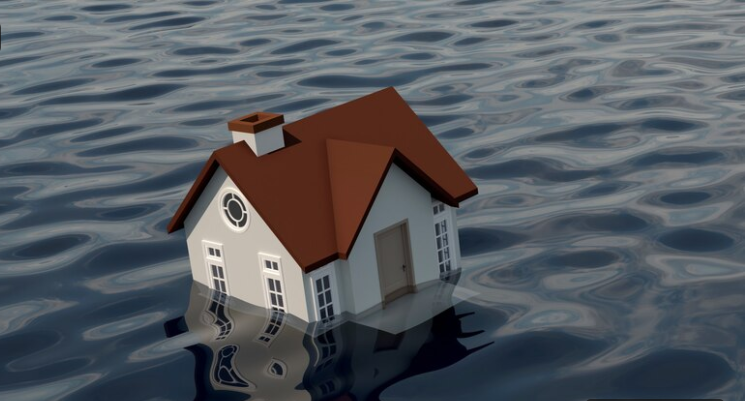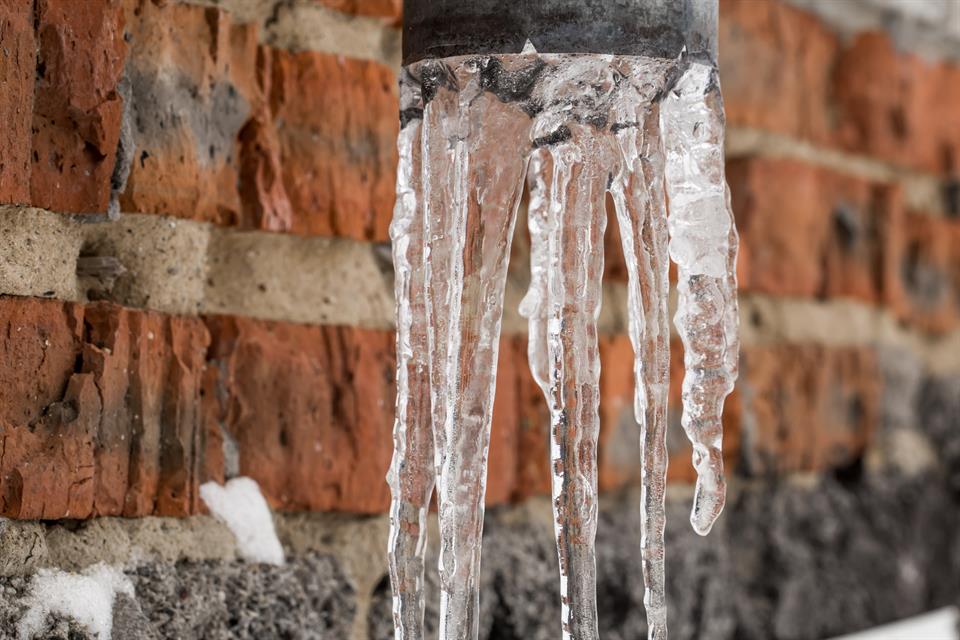Filing a Claim for Flood Damage
Flood damage can be devastating, and knowing how to file a claim swiftly and properly is essential to recovering your home and finances. Because standard homeowners insurance policies usually don't cover flooding, your flood policy—often through the National Flood Insurance Program (NFIP) or a private flood insurer—will be your primary source of recovery. Acting promptly and staying organized throughout the claims process will help ensure you receive the compensation you're entitled to.
Contact Your Insurer Immediately
As soon as it is safe to do so after the flood, contact your insurance provider to begin the claims process. Be prepared to provide your policy number and a summary of the damage. The insurance provider will open a claim and assign an adjuster to evaluate the loss. Make a record of the date and time you called and request confirmation in writing if possible. Do not delay this step, as there are strict deadlines for reporting flood damage.
Document the Damage in Detail
Before you start cleaning up, make sure you take the time to write down all the damage. Use a camera or phone to take clear pictures and videos of anything that was affected. Take pictures of damage to your home's structure, personal belongings, and water levels within the house. Writing down descriptions of damaged items, their estimated value, and when they were purchased will help support your claim.
Begin Cleanup but Save Evidence
While it is necessary to begin drying out your home to prevent mold, do not discard damaged items until after the insurance adjuster has seen them. If removal is necessary for safety, try to save samples or take clear photos of what was discarded. Keep all receipts for any emergency repairs, supplies, or temporary living arrangements.
Meet with the Insurance Adjuster
Your insurance company will schedule a visit from an adjuster who will inspect the damage and help estimate your loss. Be present during this visit to explain what happened, answer questions, and share your documentation. The adjuster's report will form the basis of your claim settlement.
Submit a Proof of Loss
Under NFIP guidelines, you are required to submit a signed Proof of Loss form within 60 days of the flood. This sworn statement includes the amount you are claiming and must be backed by documentation. Work with your adjuster, but remember it's your responsibility to make sure this form is submitted correctly and on time.
Follow Up and Monitor the Process
Once your claim is submitted, stay in frequent contact with your insurance provider. Track the status of your claim, respond to requests for any additional information, and consider appealing the settlement if it does not cover your documented losses. Being proactive and thorough can make a difference in the outcome.





